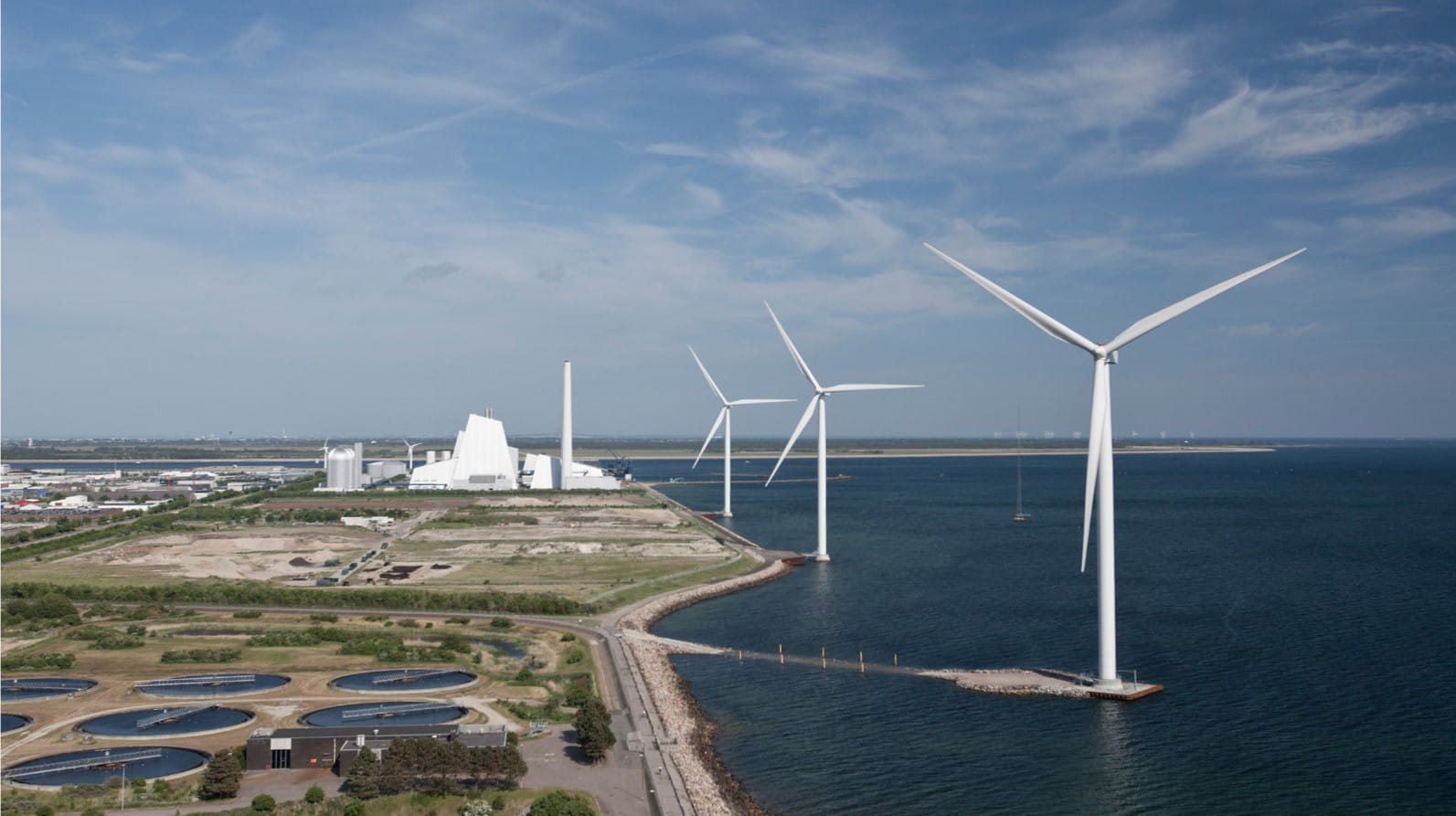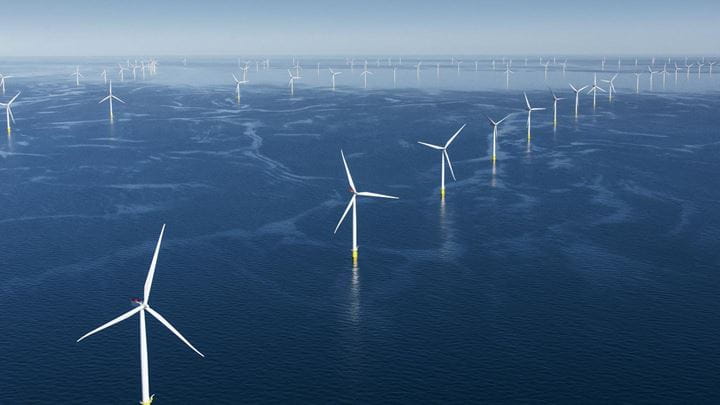We’ve come leaps and bounds in our efforts to decarbonise our electricity system. However, decarbonising some traditionally high-emission sectors, such as transport and heavy industry, poses a greater challenge.
We believe that, with the right investment and research, we can make renewable hydrogen a low-cost and widely available alternative to fossil fuels – and one that plays a vital role in the global green energy transition.
In 2021, we partnered with POSCO Group to strengthen the collaboration and conduct feasibility studies on renewable hydrogen in Korea.

